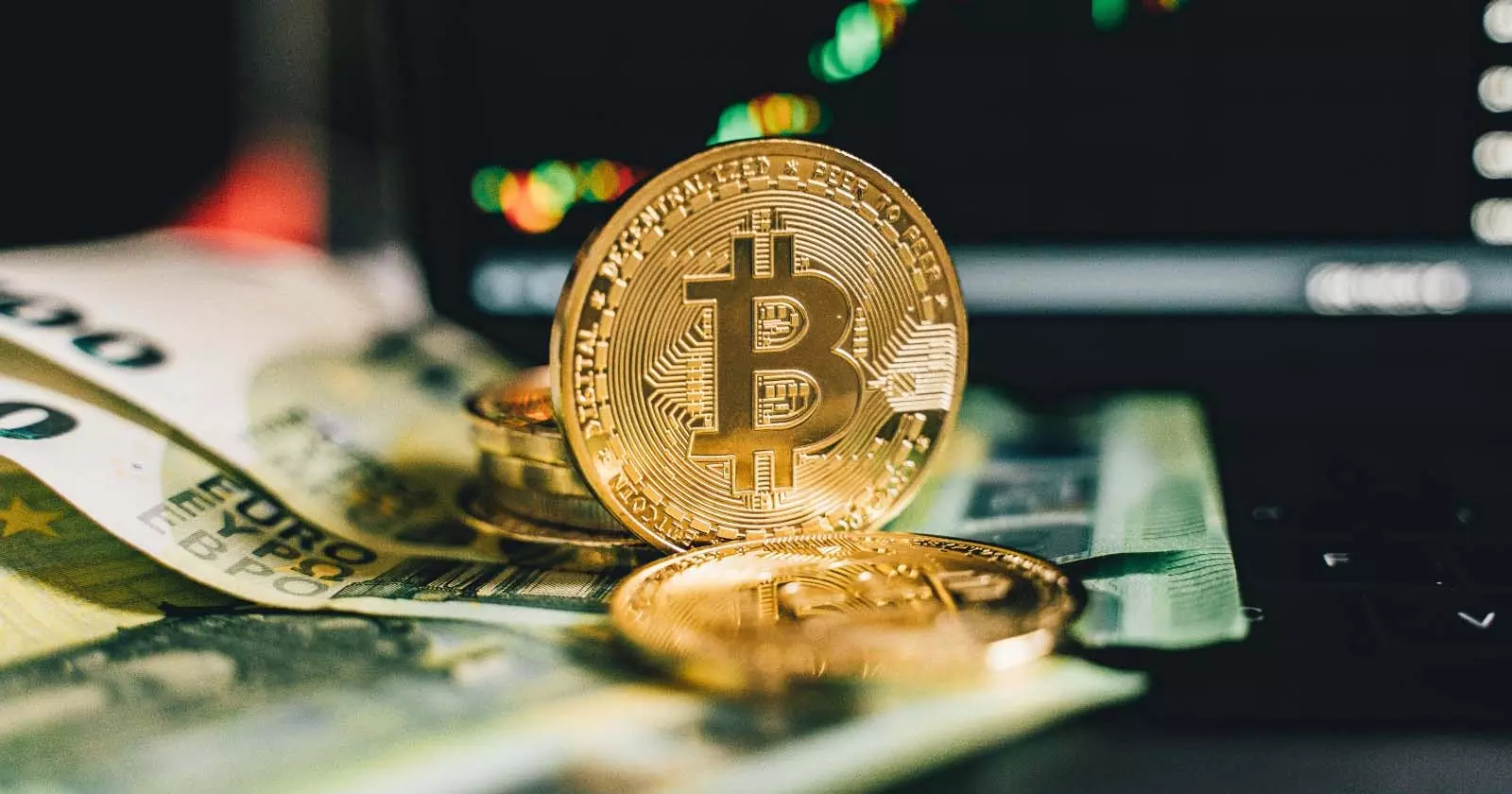Why Meme Tokens React to Tax Shifts and Market Uncertainty
Memecoin activity has hit the spotlight again. Market volatility is driving investors to reconsider their investments. Price trends and accumulation patterns, however, suggest that even in downturns, strategic behaviour around these assets is building momentum.

Volatile periods in the financial market often shape the nature of traded digital currencies. The recent excitement around PEPE Coin, reflected in the ongoing trend of the PEPE coin price INR, signals a shift in investor mindset. As governments refine digital-asset tax rules, behavior in speculative sectors like memecoins is changing, with fiscal policy and volatility affecting both the cryptocurrency price in India and short-term spikes in assets like PEPE and DOGE.
Price Movements Show Short-Term Pressure
Meme tokens are still among the most reactive corners of the crypto market and recent figures for Pepe Coin indicate that responsiveness clearly. According to data from the crypto exchange platform Binance, 1 PEPE is currently valued at ₹0.000631 INR, representing a -22.97% decline over the past month and a -37.86% decrease across the past three months. These short-term falls appear consistent with a broader reduction in speculative risk appetite during volatile trading cycles.
Dogecoin, another popular meme token, has also been affected by the declining pattern. In order to better show this particular pattern, here’s an example from the Binance website. The value of 1 DOGE against INR stands at ₹17.68 INR. The decrease over the last month stands at -13.24%, as well as a decrease of -10.48% in the last three months.
While short-term declines reflect normal market corrections, the timing and depth of these moves often coincide with fiscal cycles and regulatory announcements.
Despite such declining factors, such corrections in these token prices often tend to resemble a consolidation pattern rather than a downturn. The token price data, as discussed above, cannot alone identify the underlying factors that affect token movement, however, a contributing factor may be unclear tax policies.
In countries where crypto tax policies are unclear, traders tend to exit at the end of the tax year. In contrast, clear rules as reflected in recent statements by the UK and Australia encourage continued participation during a downturn, as traders can much better estimate their taxes.
Painting a Different Picture
Alongside these falling prices, however, very notable changes in trading patterns indicate that some investors are actually accumulating rather than exiting the asset. For example, earlier this month, in October 2025, CoinDesk reported that the top 100 PEPE addresses increased their holdings by 4.28% over 30 days. In the same article, the outlet noted that open interest in PEPE futures reached around US$645 million, signalling increased participation from derivatives traders.
At first glance, this behaviour appears inconsistent with the price performance described earlier. However, in crypto markets, especially within the meme-token category, downward price movements are often when large-scale holders choose to increase their exposure. These accumulation trends can reduce liquidity and when liquidity tightens, even modest increases in demand later can certainly trigger sharper price reactions.
The price weakness observed in recent months and the strengthening accumulation among notable holders therefore actually represent complementary signals rather than contradictions, showing you two parts of the same strategic cycle.
Uncertainty Fuelling Shifts in Strategy
When global financial markets experience turbulence, investors frequently reconsider their risk and traditional asset classes may appear less attractive when growth slows or inflation persists. During such phases, speculative digital assets can get renewed attention. As Binance Research recently noted "The total crypto market cap lost more than US300B this week, falling to US$3.7T towards the end of the week. Riskier assets like altcoins fell the most, with Ethereum falling over 13% and Solana by 20%. BNB fell only by ~3% while BTC slipped ~6%."
Meme tokens, including Pepe Coin and Dogecoin, often become, whether intentionally or perhaps indirectly, barometers of current sentiment. A revival of trading momentum in this category indicates that certain market participants may be positioning for future volatility. As always, these movements rarely stem from isolated actions but instead are a reflection of the wider global uncertainty prompting capital to flow in unpredictable ways.
The same uncertainty holds true for tax treatment as well. In the Indian context, meme tokens' profit returns come under capital gain taxes. In contrast, within the EU, talks of a 'harmonised framework' for meme tokens and taxes persist. Interestingly, the US still maintains a fragmented structure due to conflicting state-level views on meme tokens. These differences shape how global liquidity moves, with traders gravitating toward jurisdictions offering clearer compliance pathways.
Why Meme Tokens Show Rapid Reaction
Below you can read a short list of converging factors to explain why memecoins are uniquely reactive:
- A Strong online influence: Communities energise visibility rapidly
- Low cost of entry: Even a small capital can fuel noticeable activity
- Narrative-driven appeal: Cultural relevance shapes attention
Investor sentiment and the narratives that surround these coins, therefore, play outsized roles. As online narratives intensify, so does participation. When the accumulation of these assets is publicly observable to you, such as through blockchain-tracking platforms, it is easier for you to also latch on to the perceived momentum.
Future Market Perspectives
As fiscal authorities worldwide shift toward clearer crypto tax regimes, meme tokens may shed part of their speculative image. With defined tax rules, participation could broaden beyond online communities to more structured investor classes, giving volatility a new kind of stability. Even amid uncertainty, taxation may be the hidden force guiding the next phase of digital-asset evolution.


